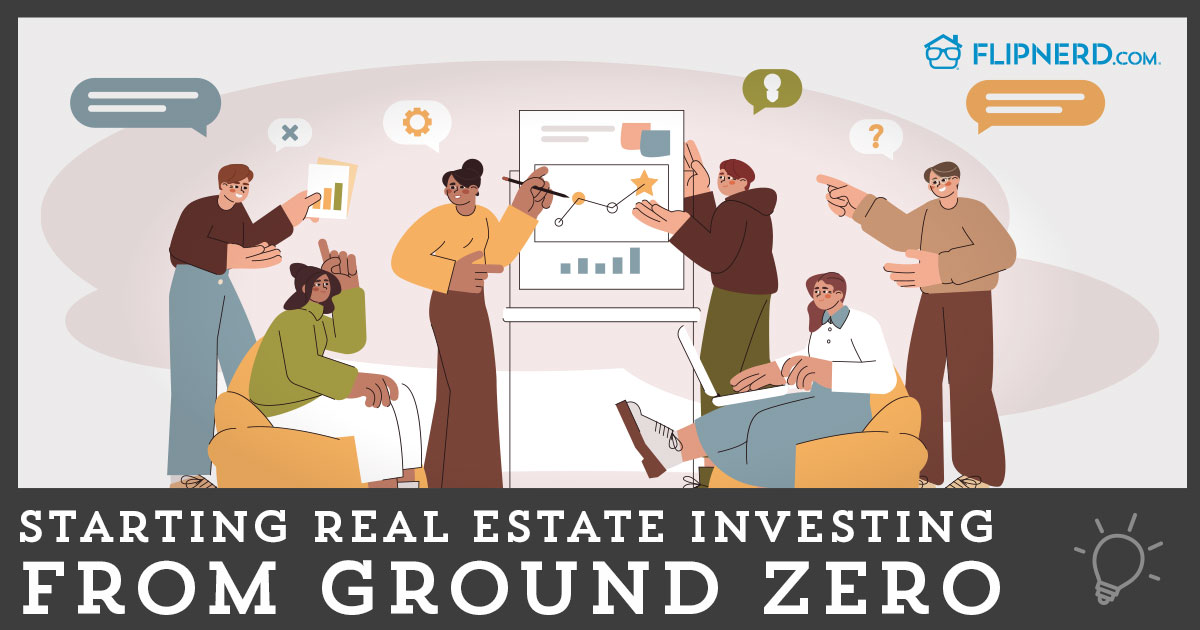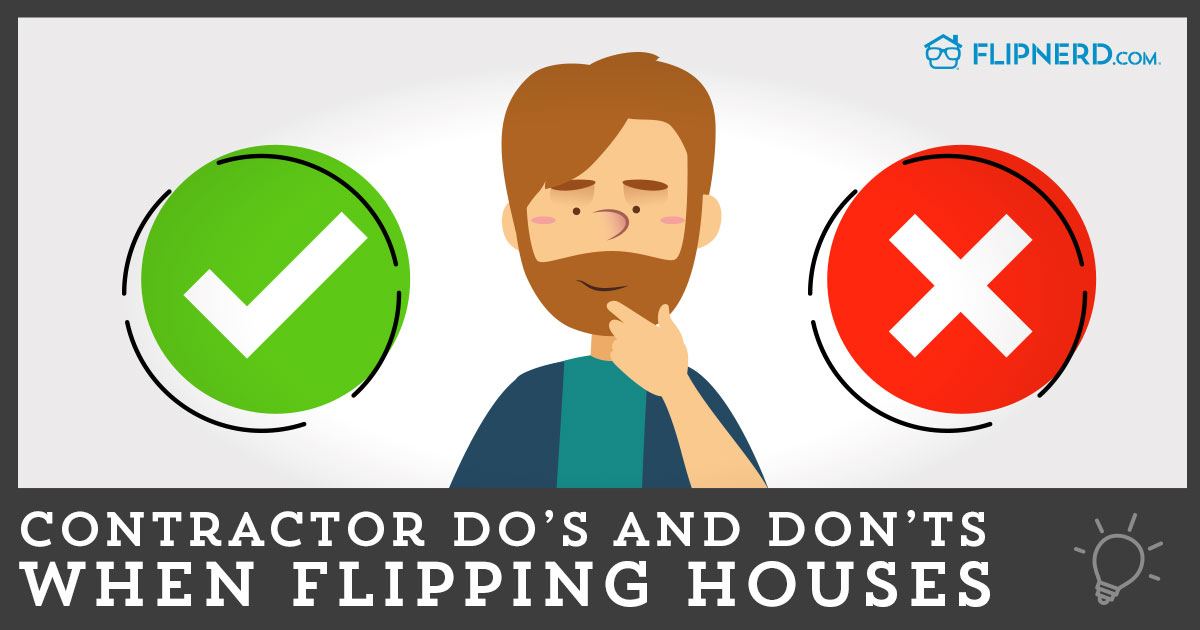Professional real estate investors instinctively gravitate towards alternate sources for sourcing deals. There is perceived and some real advantage to chasing short seller deals, foreclosure auctions, and bandit sign deals. Often overlooked is the public MLS inventory. The Realtor home inventory channel is avoided with the belief that they are “retail” sellers, with prices that do not leave any margin for a profitable exit strategy.
Let’s take a look at reasons why MLS properties are worthy of considering, and how to create profitable properties from within that source.
The MLS property volume is a much larger sample than the shadow batch of foreclosures and don’t-wanters. Even if only a few percent of those properties can be profitable deals, that actual number might be higher than the actual number of “distressed” off-market homes.
Many sellers who want or need to move a property for a discounted price are counseled by an agent to price the house to market, a higher amount. There may be a much lower “floor” price behind many listings.
The costs of locating deals, due diligence and risk are much lower on a brokered deal. The investor can spend more time structuring the deal for profit.
So how does it work to find and create these deals?
Quickly filtering and identifying the potential deals from MLS listings is the starting point. Look for properties at both ends of the listing time bell curve.
New listings and very old listings are the place to start. New listing addresses can be scrubbed against records for mortgage delinquency, new liens, and adverse court filings for the owner. The cross-matches results are a place to start.
Approaching the sellers agent is crucial to making these deals work. It must be a narrative which lets the agent save face in lowering the price, and helps the agent make a presentation to the owner which motivates them to do your deal. You can help “load their dialog” with the client.
By all means support the judgment of the agent without questioning their original advice on price or strategy.
“Wow, I also thought that the property would have a lot of action at that price. What a surprise that it is still for sale 5 months later. Like you, I think that it was unforeseen that the _________ (street noise, old roof, rotted deck, nuclear plant next door) would have had such an effect. I like the property and would like to get it off the books for you and the seller. I see that the listing expires in 12 days. Do you think they are going to renew? Is there a creative approach to putting a solid offer on this property that might work?”
There are multiple hot buttons in an approach like this that will help the agent, seller, and investor look for a mutually profitable solution.
Of all of the buy/sell deals I have personally completed, more than half were sourced from MLS listings. Those deals were the highest ROI net transactions, and the personal record for profit on a single property came from an MLS property which was held less than 10 months with very little rehab. Factors on that property were that it was a SFR which had a commercial zoning use whose value was not recognized. There was also the back door of a restaurant facing the yard of the property on one side, and an adjacent residential neighbor on the other with a property in extremely poor condition and a yard littered with debris. (Imagine “Beverly Hillbillies”) Shortly after my closing, that neighbor suddenly had contractors “coincidentally” offer highly discounted services for clearing, cleaning, landscaping and painting (subsidized by me).
The subject property was then marketed to professional individuals and was sold to an attorney who would then have a private practice in his own building with a mortgage payment for less than the rent on a shared use office. (The restaurant back door was a non-issue for the commercial buyer, where it was a major turn off for primary residential buyers.)
You will certainly not be able to duplicate this exact scenario. The takeaway however is to look for solvable problems that can turn a seemingly retail seller into an opportunity with margin.
The MLS is loaded with them.
Written by: Dave Pelligrinelli









